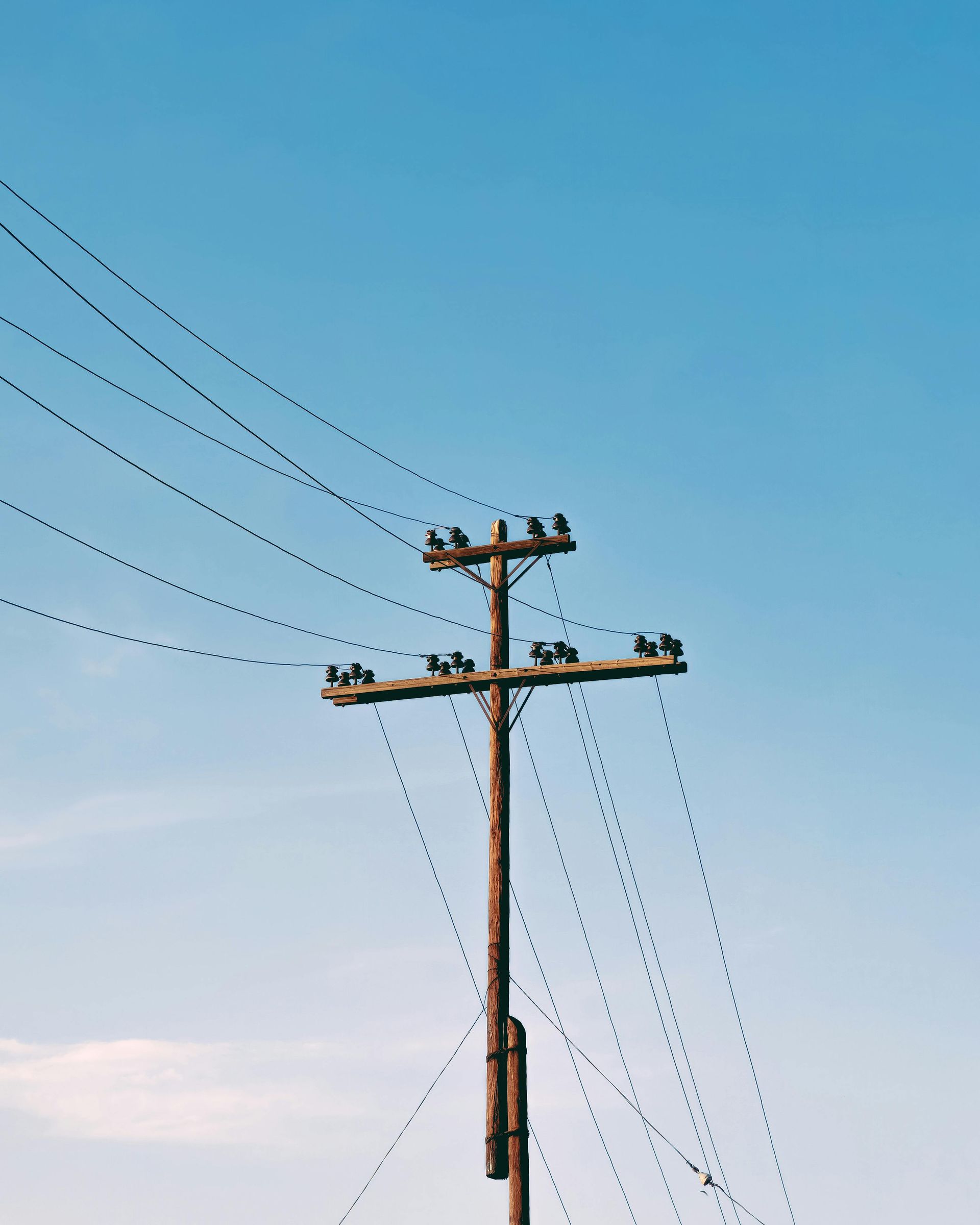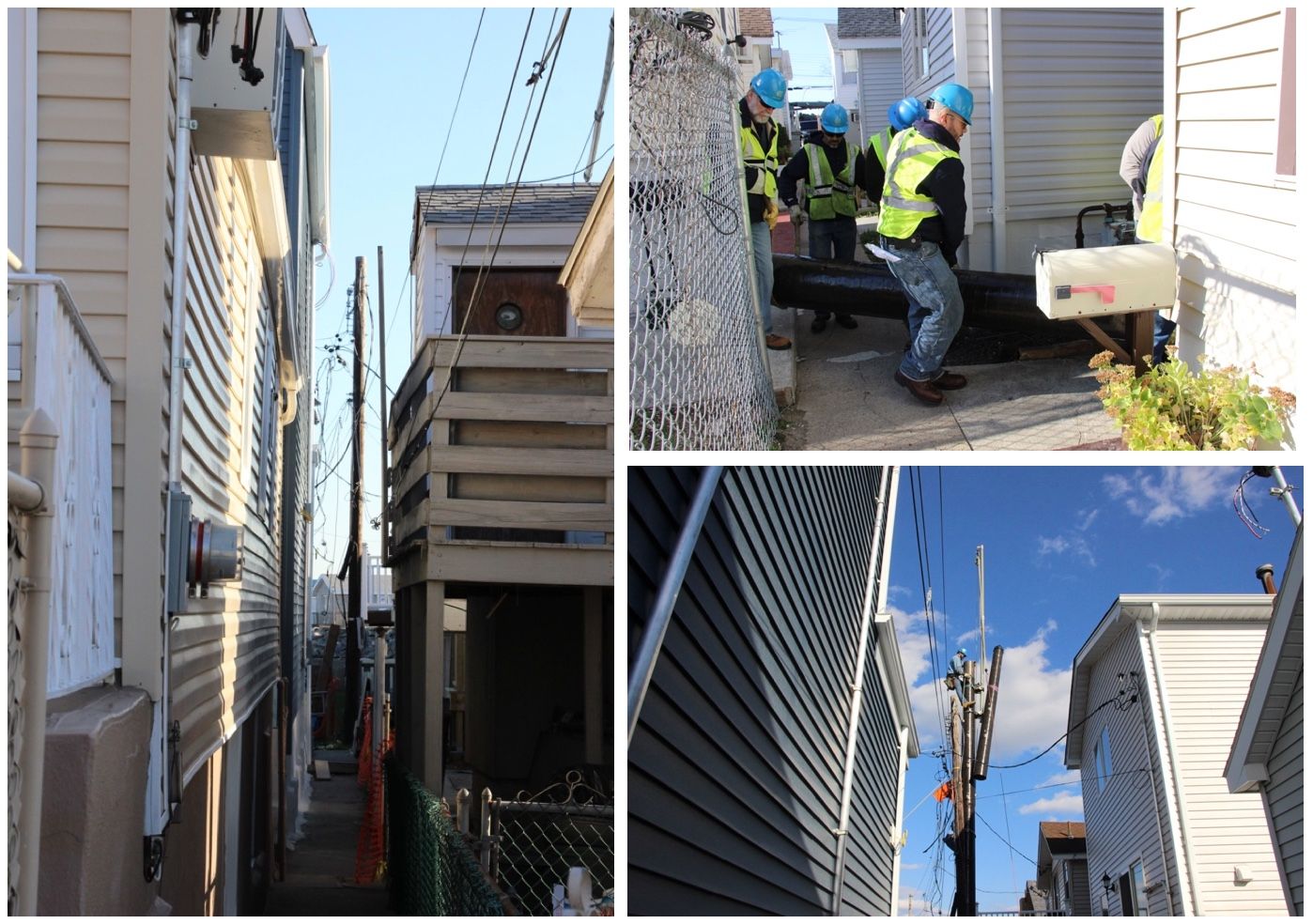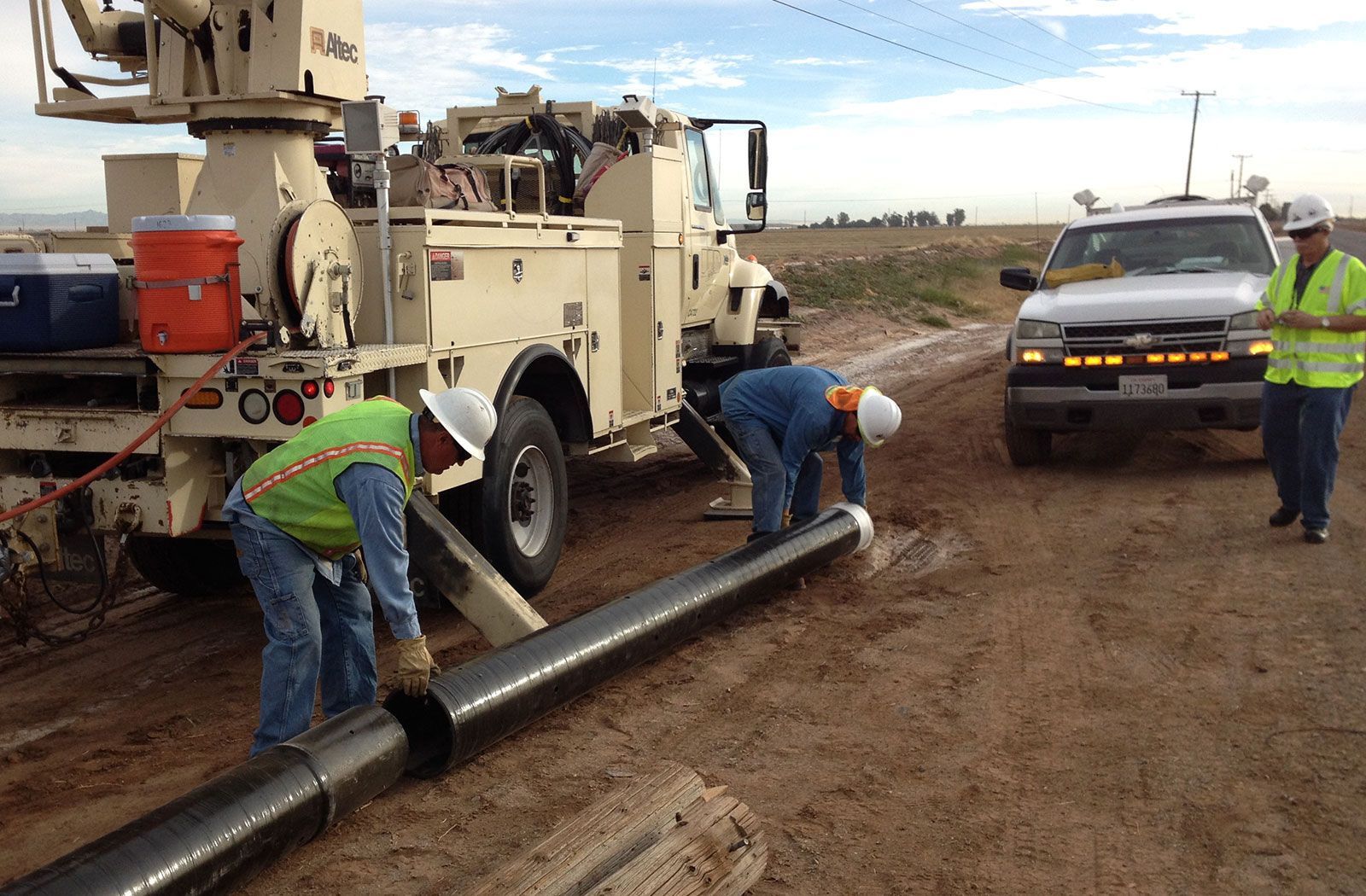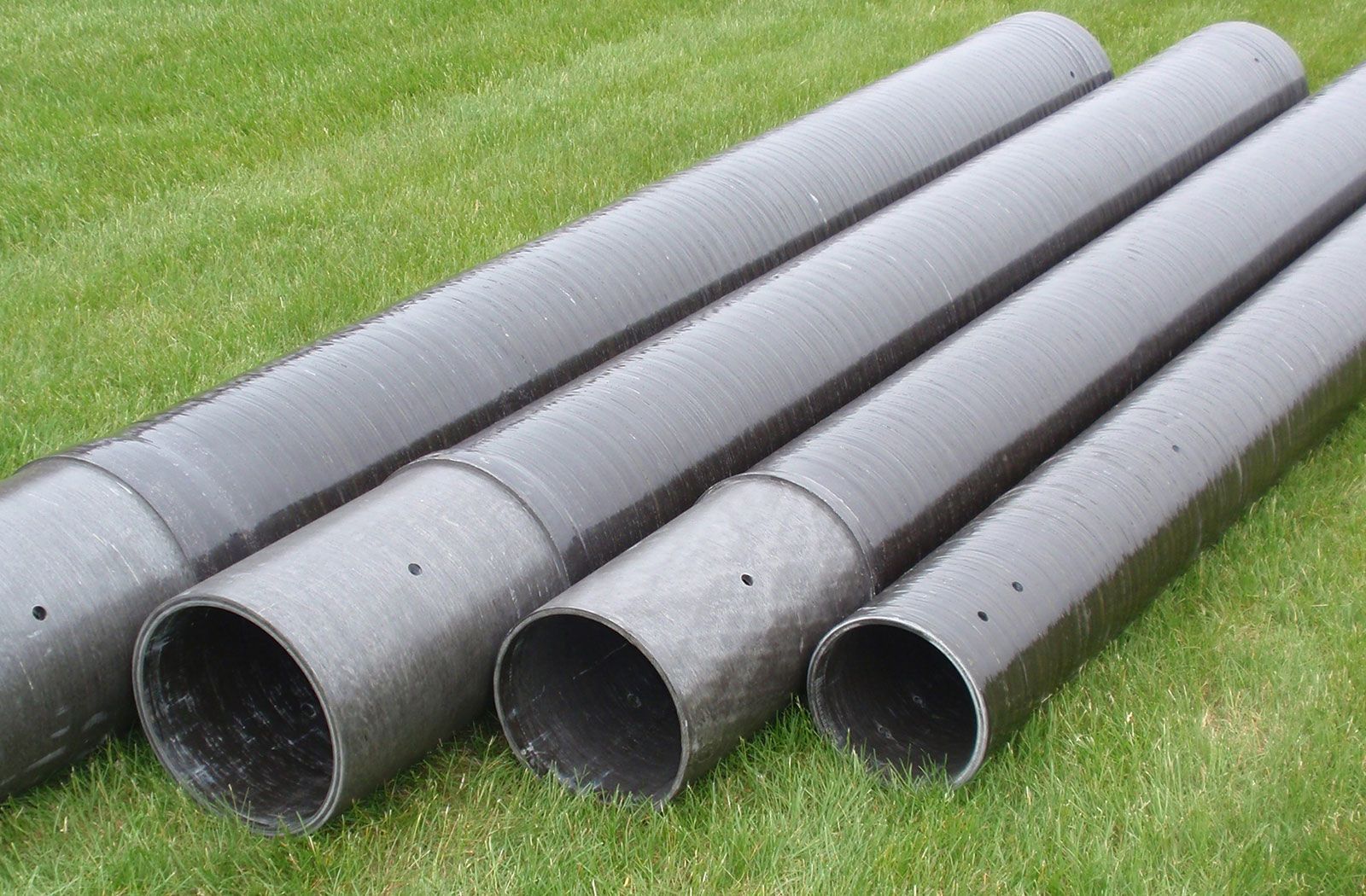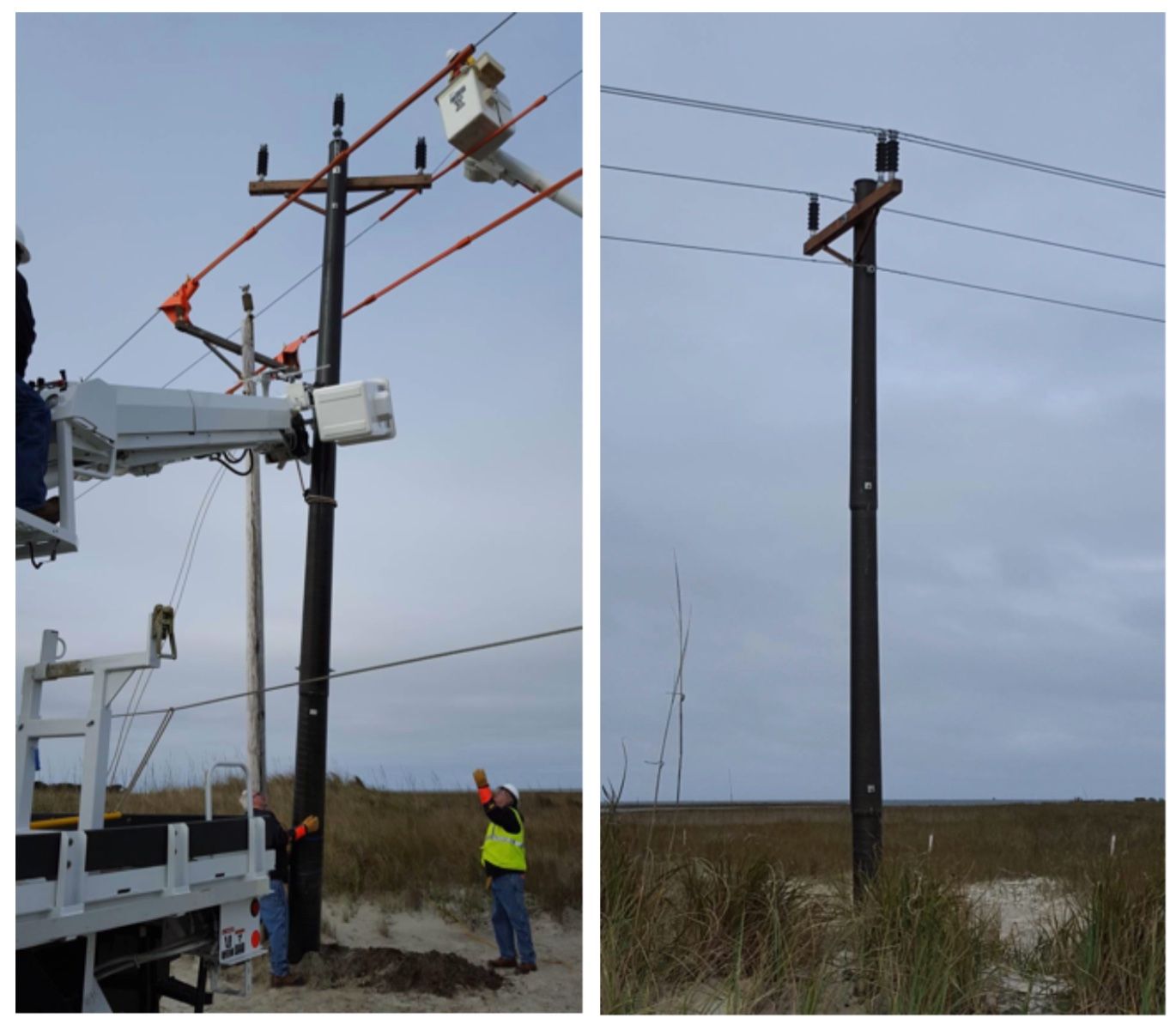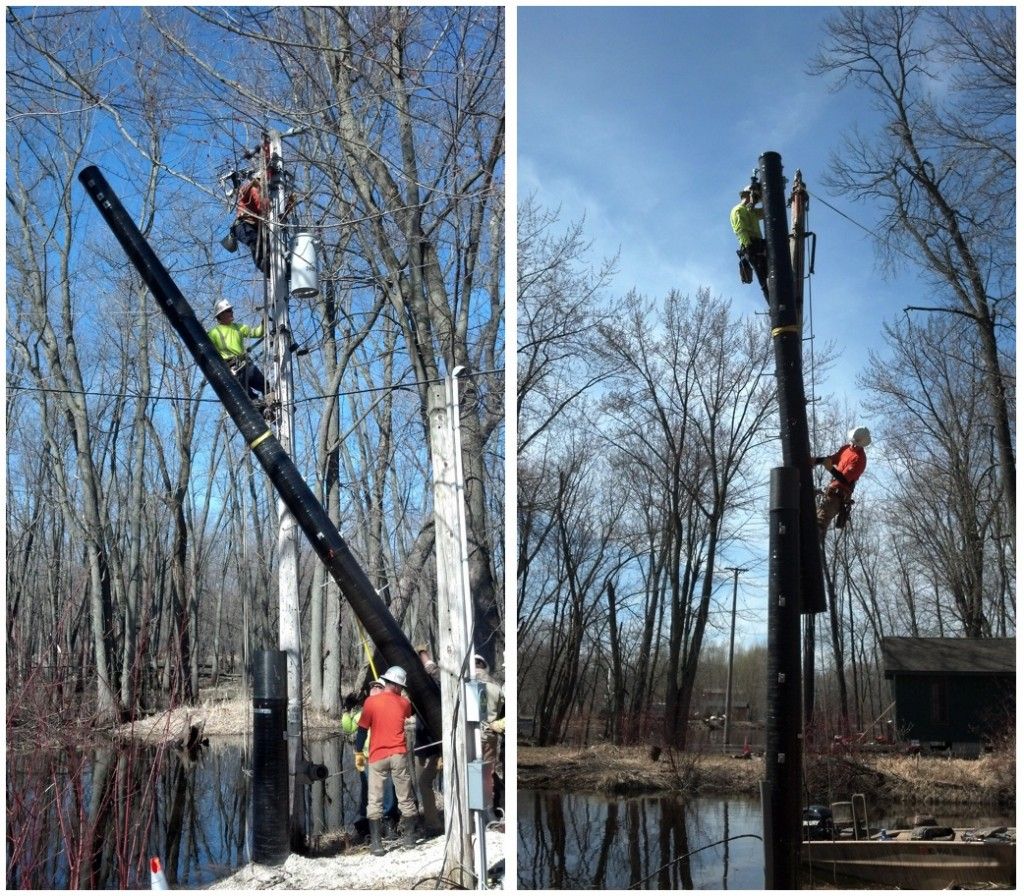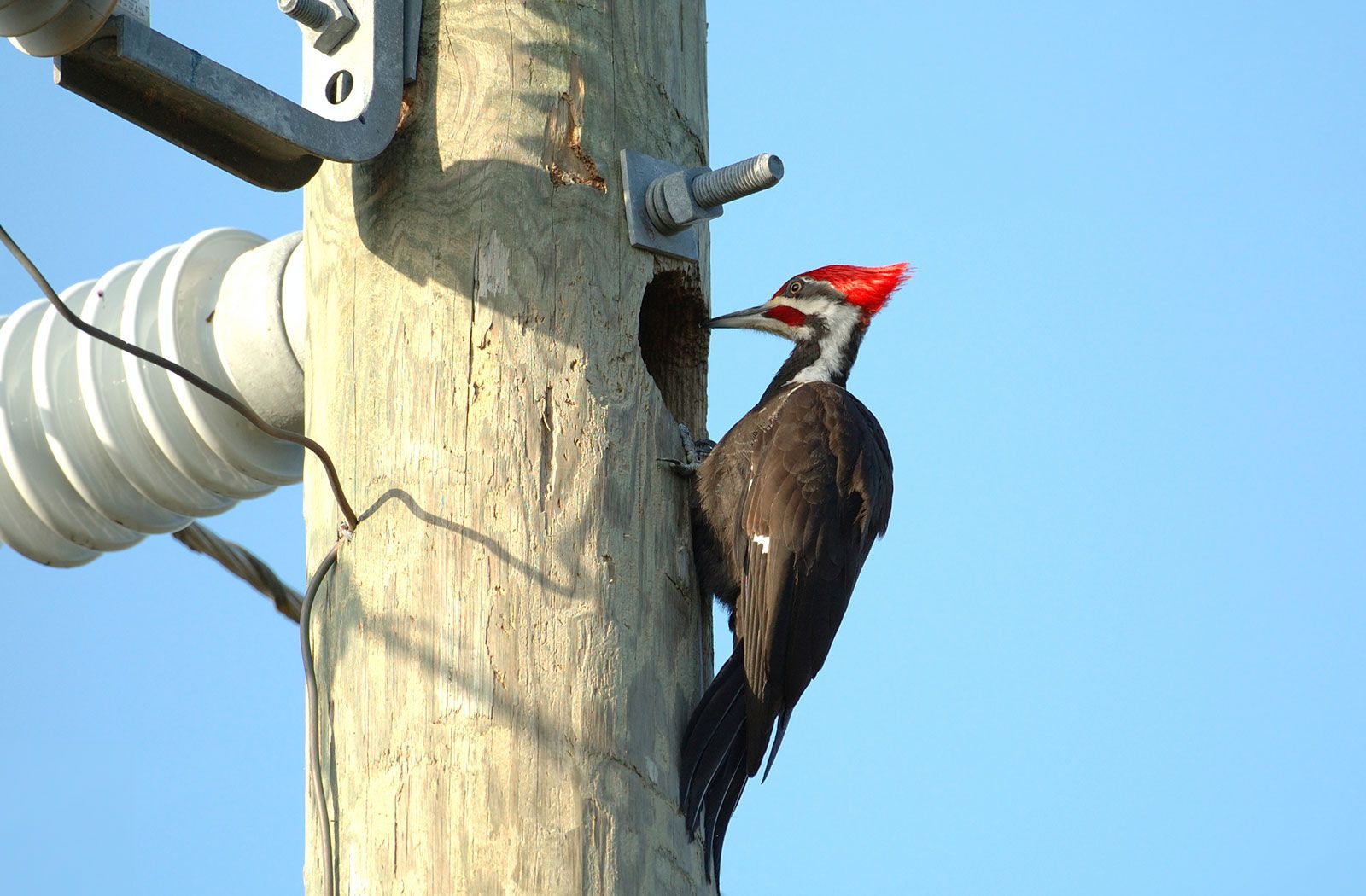Storm-Hardening with Composite Power Poles: Building a More Resilient Grid
Storm-Hardening with Composite Power Poles: Building a More Resilient Grid
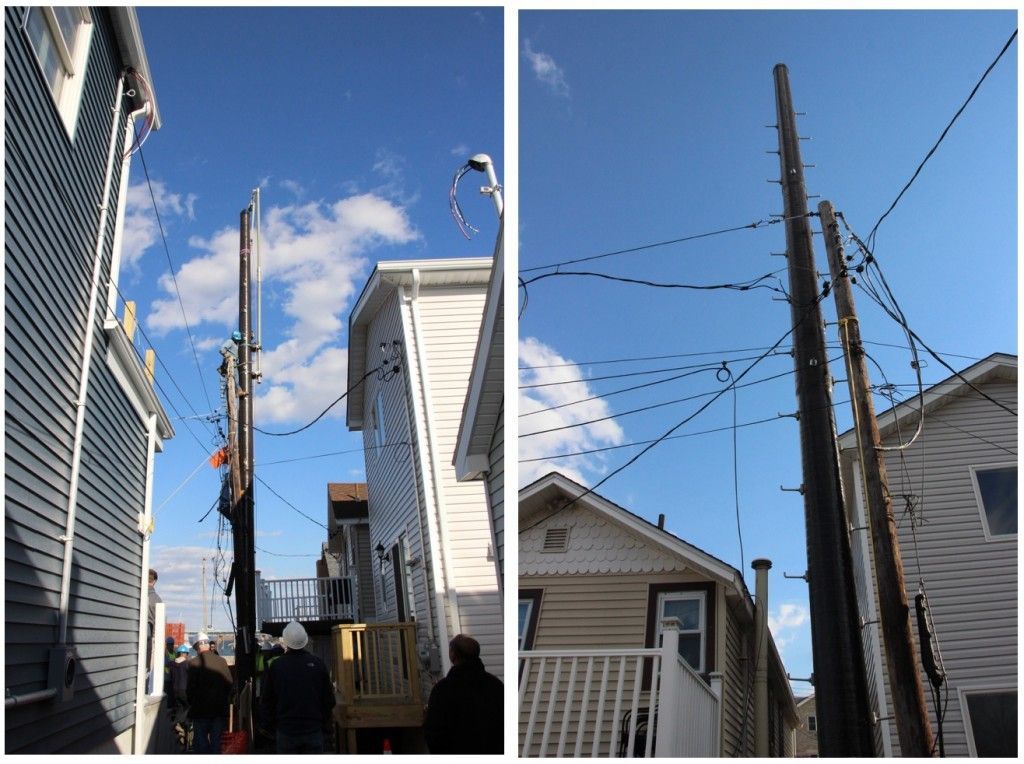
Design for the failures you actually see
Extreme weather has turned storm hardening from a project into a program. Networks fail through wind, ice, and impact. The goal isn’t just a stronger structure; it’s fewer cascading failures and simpler replacement. High strength-to-weight composite power poles address both—they tolerate extreme loads and are easier to transport and set when roads are blocked or yards are saturated.
Access and speed are resilience
After storms, reaching the set point is often the problem. Sectional designs with short, lightweight segments enable vertical assembly in tight spaces where tilt-up is impossible. Standardized slip-fit joints and common hardware simplify training and allow more crews to work safely in parallel—including mutual-aid partners. Smaller equipment footprints reduce property damage and community friction during intense restoration windows.
Plan restoration like logistics
Stage commonly used segments across districts. Because segments are interchangeable, you can swap only the damaged section, minimizing ground disturbance and reducing customer-minutes out. Pair that with consistent job plans for back-lot replacements, wetlands, and remote terrain to keep work flowing even when conditions are poor. Track set times and closure rates to identify training and inventory gaps.
Think beyond the storm window
Resilience also depends on what happens between events. Materials that don’t rot or corrode and require no routine maintenance free crews for proactive work and reduce surprise outages. Longer service life translates to fewer replacements, less property disruption, and better community relations—wins that show up in SAIDI/SAIFI, budget variance, and customer satisfaction.
Funding, metrics, and ROI
Hardening investments compete with other capital projects. Build a simple ROI model using avoided truck rolls, faster restoration, and reduced replacement cycles. Tie those to SAIDI/SAIFI improvements and regulatory incentives where applicable. Share quarterly scorecards so executives and commissioners see measurable returns, not just anecdotes.
Pilot, measure, scale
Coordinate pole upgrades with vegetation management, reconductoring, and automation projects to minimize repeat visits. Start with a pilot that mixes back-lot, coastal, and roadside-strike locations; benchmark removal/set/restoration times; then standardize vertical assembly methods and scale.
For scenario mapping, explore
Applications, and for life-cycle savings, review
Benefits. Keep spec language tight with
Power Pole Specifications and prep contractors via
Utility Pole Installation.

